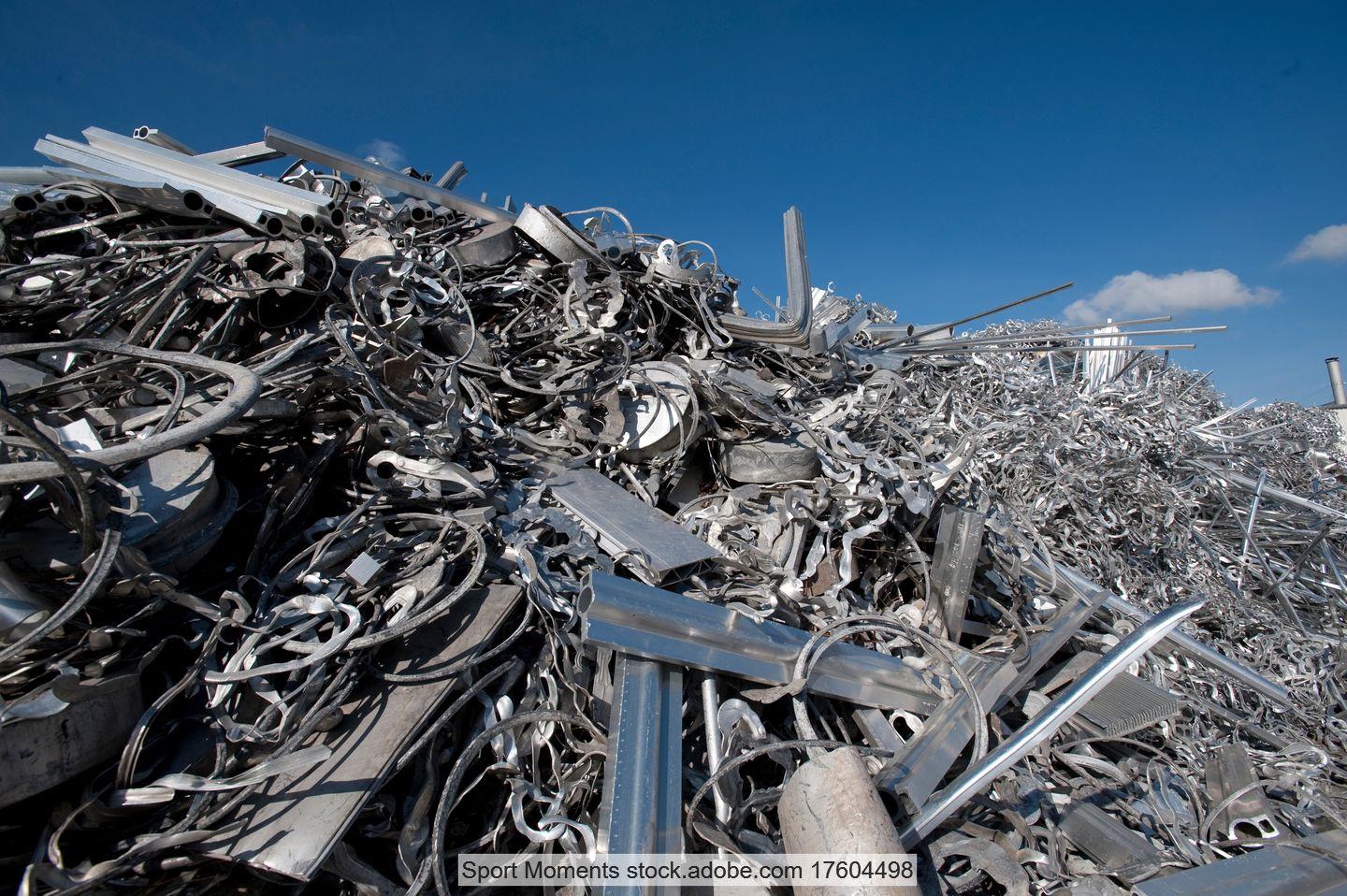Notifications

7 minutes, 22 seconds
-14 Views 0 Comments 0 Likes 0 Reviews

Titanium is one of the most valuable metals in the world. Its strength, corrosion resistance, and lightweight nature make it ideal for high-performance industries. But as titanium use expands, so does the volume of waste metal produced. Instead of discarding this metal, industries are increasingly turning to titanium scrap recycling to recover resources, cut costs, and support sustainability goals.
In this blog, we explore the types of titanium scrap, how it's recycled, and why it plays a key role in modern manufacturing.
Titanium scrap is the leftover or rejected material generated during titanium production, machining, or after a product reaches the end of its useful life. Despite being discarded, titanium scrap remains highly valuable due to its physical properties.
This scrap can be collected, cleaned, melted, and reused in various industrial applications. Recycling titanium not only saves money but also reduces the environmental impact of mining and refining new titanium.
Titanium scrap originates from a variety of sources, including:
Aerospace manufacturing plants
Automotive component fabrication
Medical implant machining
Chemical processing equipment
Metal fabrication workshops
Construction projects
These industries often produce large amounts of offcuts, turnings, and rejected components that are perfectly recyclable.
Understanding the types of titanium scrap is essential for recycling and resale. Here are the most common categories:
Fine chips and shavings generated during machining processes. These require proper storage and cleaning due to the risk of contamination.
Includes large pieces like rods, plates, billets, and blocks. These are easier to process and usually fetch higher value in the market.
Clean, unused scrap pieces leftover from cutting and shaping titanium sheets or bars.
Contains oils, alloys, or foreign materials. Needs thorough cleaning before recycling.
Includes grades like Ti-6Al-4V, a widely used alloy in aerospace and medical applications. Sorting by alloy is crucial for quality recycling.
Recycling titanium offers many financial, environmental, and industrial advantages:
Virgin titanium is expensive due to its complex extraction and refining process. Recycled titanium provides a budget-friendly alternative without compromising quality.
Titanium mining and processing are energy-intensive. Recycling reduces the need for raw material extraction and lowers energy consumption.
Recycling prevents scrap from ending up in landfills, contributing to cleaner production methods.
Titanium doesn’t lose its properties when recycled. It maintains its strength, durability, and resistance to corrosion.
Here’s how titanium scrap moves from the factory floor back into the supply chain:
Scrap is collected from industries like aerospace, automotive, and healthcare, or from titanium product manufacturers.
Scrap is sorted based on its type, size, and alloy. This step ensures the end product meets specific industry standards.
Contaminants like oil, grease, or dirt are removed using mechanical or chemical methods.
Cleaned scrap is melted in vacuum arc remelting (VAR) or electron beam furnaces to maintain purity and quality.
Molten titanium is cast into ingots and then rolled or forged into new products such as rods, sheets, or tubes.
India has a fast-growing titanium industry, driven by demand in defense, aerospace, infrastructure, and healthcare. As production scales up, so does scrap generation.
Several Indian companies specialize in collecting, processing, and supplying titanium scrap to domestic and global markets. The Indian government's push for metal recycling and resource efficiency has also boosted the titanium scrap sector.
Recycled titanium is widely used across industries that require reliable, lightweight, and corrosion-resistant materials:
Aerospace – Aircraft structures, landing gears, engine components
Automotive – Exhaust systems, suspension springs, engine parts
Medical – Bone implants, surgical instruments
Chemical Processing – Heat exchangers, reactor vessels, pumps
Marine – Propeller shafts, hull components, desalination plants
Recycled titanium is especially valuable in industries where raw material costs are high, and sustainability is a priority.
If you’re looking to trade titanium scrap, consider the following:
Check for certified suppliers with quality assurance systems
Ask for grade verification and material test reports
Ensure the scrap is free from contaminants
Keep scrap sorted and clean for higher resale value
Store turnings properly to avoid oxidation or fire hazards
Partner with recycling companies that meet environmental standards
The global demand for titanium scrap is expected to grow due to:
The rising use of titanium in electric vehicles and renewable energy
Sustainability goals adopted by large manufacturers
Increased emphasis on reducing carbon footprints and raw material dependency
As more countries adopt circular economy models, titanium scrap will play an even greater role in future supply chains.
Titanium scrap is not waste—it's a resource waiting to be reused. Recycling it reduces costs, supports environmental goals, and keeps industries moving forward. As demand for titanium continues to grow, especially in aerospace, defense, and healthcare, the role of scrap in meeting this demand becomes more critical.
Whether you’re a manufacturer, recycler, or trader, investing in titanium scrap isn’t just good for your bottom line—it’s good for the planet too.

